Home to unexplored – and always arresting – countryside, one of the best ways of exploring South America is through wild camping.
Whether you’re planning on hiking through the the chilly peaks of Patagonia or discovering the undulating hills of Bolivia’s more striking rock formations, this continent is a paradise for campers and outdoor lovers.
Pack a tent, sleeping bag and some provisions for the journey and the most spectacular parts of this huge continent are at your disposal.
So here’s why wild camping in South America ought to be top of your travel itinerary.
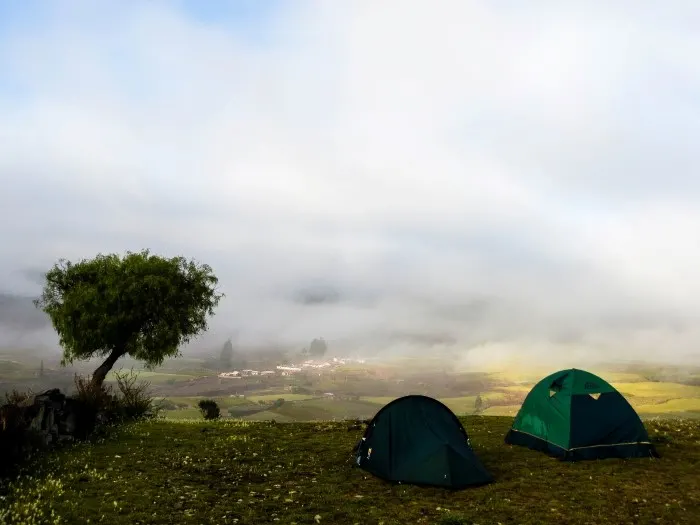
1. Get access to some of the globe’s finest unexplored landscapes
Taking a tour with an agency can be an excellent way of stumbling upon some of the globe’s most sensational countryside, but there’s no feeling quite like knowing that you’ve come across a part of the continent that few other tourists have yet to explore.
Finding a hidden gem in South America is never too difficult: just ask some locals for a recommendation of a place you can reach by local combi (minibus) or even on the back of a truck, and you’re guaranteed to fall upon somewhere delightful.
This list of activities and things to do in and around the Bolivian capital Sucre should also get you started.
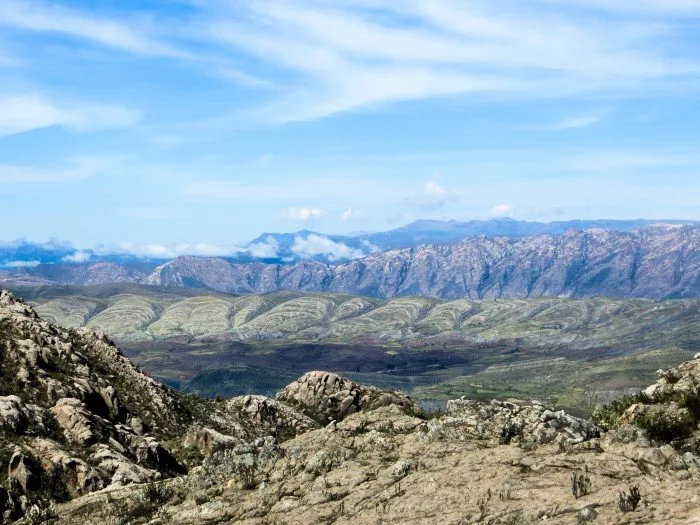
When you’re wild camping in South America, your choice of location is only dictated by the lie of the land and whether you have the energy left to hike that nearby hill and make the most of its panoramic views.
Planning Your Trip to South America?
Save time, stress & money with a customized travel itinerary planned for you by a South America expert
But watching the sun set, beer in hand and with views across miles of unadulterated landscape or waking the next morning to watch hummingbirds flitting between the trees above will make the decision to hike until you found the most perfect spot all the more worthwhile.
2. Find peace, tranquillity and incredible proximity to nature
When I’ve been wild camping in South America, I’ve always managed to find camping spots with the most incredible vantage points.
The edges of the Maragua Crater where I could appreciate the incredible stripes of coloured rock on the surrounding mountains.
At the top of a hillside in another part of Bolivia, where the early light of dawn gave birth to views of rolling countryside and tiny communities far, far away.
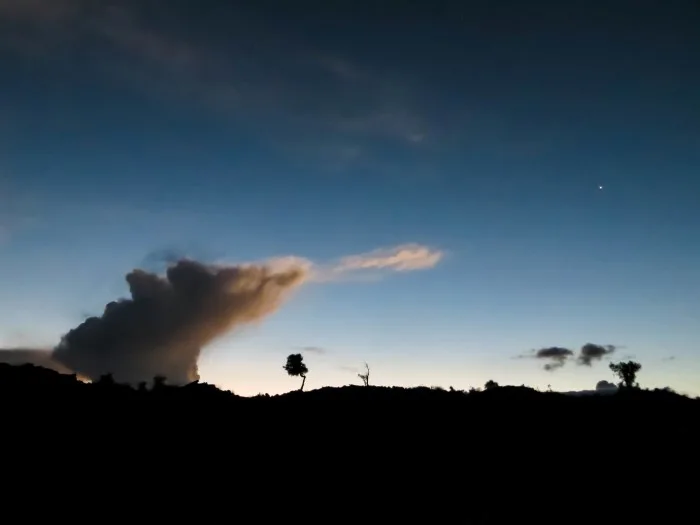
Along the Carretera Austral, deep in the heart of Chilean Patagonia.
But it’s not just about the views; wild camping’s most spectacular feature is the silence.
As something that comes at a real premium in any urban space in South America, pitching up far from civilisation always leaves you wishing you could remain there forever.
And what I love most about wild camping in South America is that there are few rules about where you can and can’t do it.
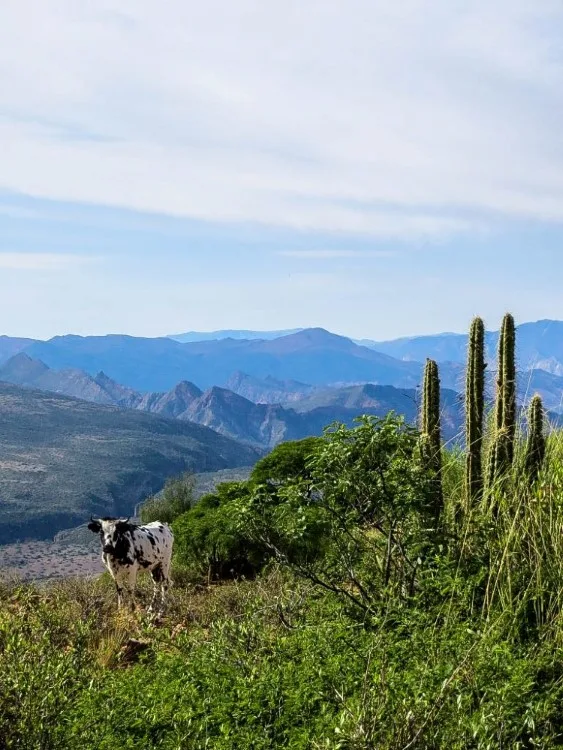
That said, although it’s unlikely you’ll come across many people when walking, it’s always advisable to ensure you make yourself known to someone local if you’re likely to be camping anywhere near their land.
3. Experience the stars, oh the stars!
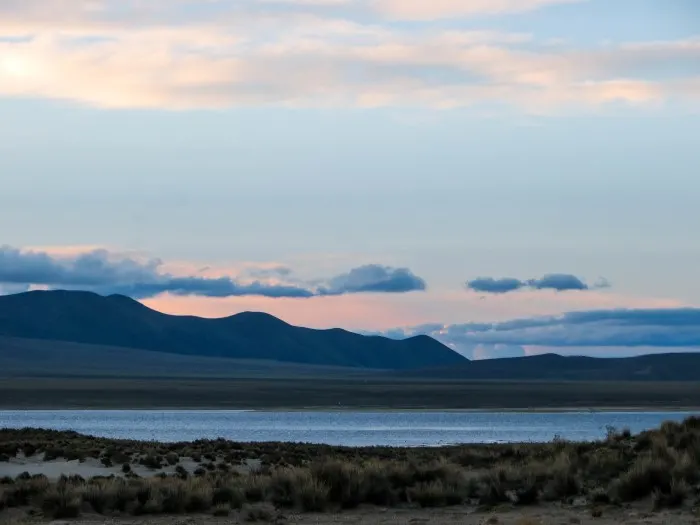
One of my favourite parts of wild camping is the proximity you have with the stars.
Sleeping beneath a canopy of lights so individually distinct that you can see the arch of the Milky Way is a way of reminding yourself how tiny you are in the scale of the universe; a sobering but awe-inspiring thought.
Camping in the Reserva Biológica Cordillera de Sama near Tarija, Bolivia, my brother and I were treated to the most incredible skyscape thanks to our 3,400m altitude and the fact that we were miles from civilisation.
At night in Torres del Paine National Park, when the clouds finally cleared, we were struck dumb by the sky above.
And although I had the fortune to take one of the best stargazing tours in the Atacama Desert in Chile (considered one of the optimum places on earth for seeing the night sky), I wish we had wild camped somewhere far from the town to really appreciate the stars.
4. Wild camping in South America is an experience that few have
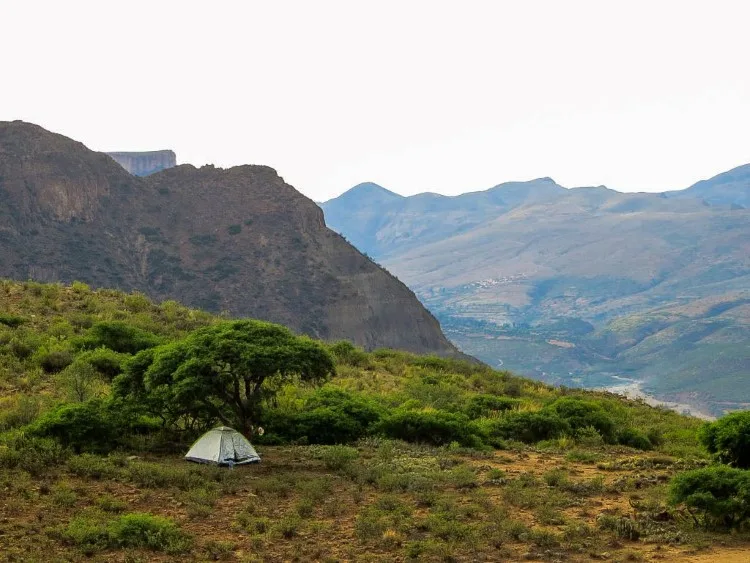
During my travels, I’ve met so few backpackers who have wild camped in South America.
But when I’ve suggested escaping into the country for a few days, some have been daunted by the need to carry a heavy rucksack, but most have jumped at the chance of exploring South America by this means.
Yes a tent, sleeping bag and stove (if you’re less inclined to face the issue of finding wood to build a fire) are bulky and will take up a good deal of your rucksack that could otherwise serve for travelling comforts.
But the sheer fact that at every point in your travels you are armed, snail-like, with a house presents unrivalled possibilities.
I’ve personally found how necessary having a backup home has been on occasion.
When I’ve hitchhiked in different South American countries, being armed with a good-quality, lightweight backpacking tent has made me able to fully embrace and feel prepared for the unexpected, knowing that I have the resources to ensure that the unknown can, and will happen.
So are you ready to pitch up?
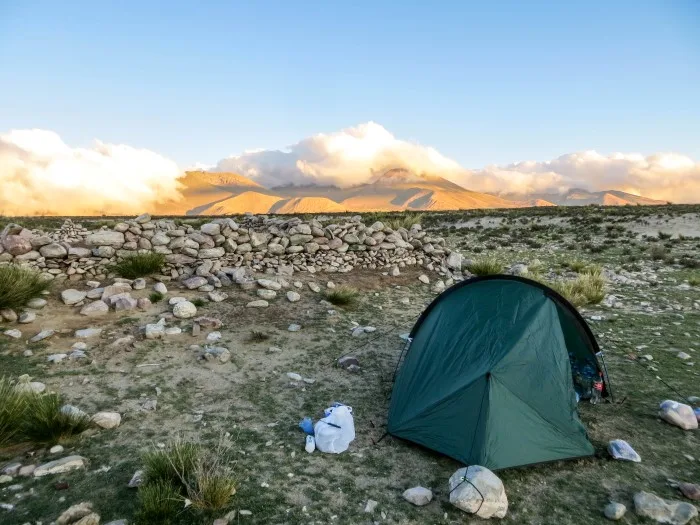
Wild camping in South America is an unbeatable experience. Embrace nature at its finest by packing that backpacking tent and heading off into the countryside.
If you found this article inspiring, PIN IT!
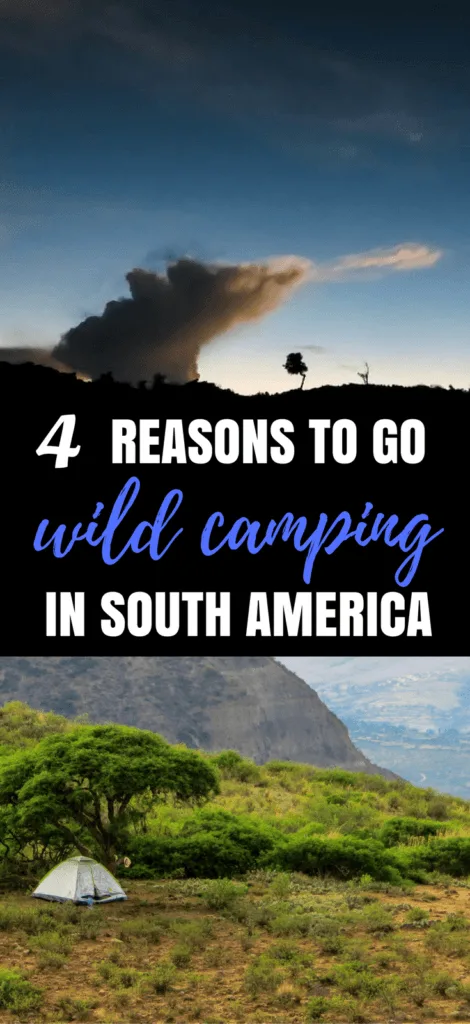

Murida Khan
Monday 26th of November 2018
Hi Tash How is it to cycle and free camp in South America. I want to do it by trike from Argentina to Vancouver and further if possible. I want to limit the time I spend in formal accomodation to once or twice a week and only, if I can find a camping ground with showers or a clean water source like a lake I would prefer that. Is that being too optimistic? Looking forward to hearing from you.
Steph Dyson
Monday 26th of November 2018
Hi Murida, I know a lot of people do cycle and free camp through South America, as many follow a similar route as you're suggesting. It's not really a topic that I'm very familiar with, but it looks like this website has some great ideas: http://elpedalero.com/. I hope that helps and enjoy your trip! Steph
Sergio Martínez
Sunday 1st of April 2018
You should consider Huigra in Ecuador, it is an amazing place in the middle of the Andean mountains with a wonderful view of the historical Chanchan's river canyon.
Brittany
Wednesday 20th of December 2017
Hi, Steph,
Great article--thank you! Question: Do you recommend tent camping in central and northern Chile and Argentina? I know the camping in southern Chile (Patagonia) is supposed to be phenomenal, but unfortunately, I won't be able to make it there this time. I'll be in Chile and Argentina in January and February, so I think the weather should be pretty conducive for camping (although I know the countries are so vast, they have different climates in different regions). Like you, I'll be taking public transit around (and maybe hitchhiking some, like I did in New Zealand a year ago), so I was wondering if you thought it'd be worth it to backpack my tent, sleeping bag and sleeping pad around those aforementioned areas, or if you think I should stick to hostels since I won't be heading down to Patagonia--where the "best" camping is? Also, did you guys leave your tents up in the same places for multiple days, and then do little day hikes and whatnot in the area? If so, did you feel like your tent and sleeping bag were "safe"?
Thank you!
Steph Dyson
Friday 29th of December 2017
Hi Brittany, the problem with the far north of Chile is that it's mostly desert and I can't recall having seen any campsites in the far north, although I know you can camp in greener places further south, such as Pisco Elqui near La Serena and in the Pan de Azucar park north of Coquimbo (it's seriously beautiful there). I really don't know about the north of Argentina but I imagine it's somewhat similar. I probably wouldn't leave everything in my tent when wild camping (mainly as I'm normally carrying around a computer) and I really don't know how safe most things would be. Chile is, on the whole, a very safe country but in the north where it's less common to camp I don't know how safe your things would be. In central Chile, there are lots of places to camp as there are a lot more official campsites (so your stuff will be safe) and I would definitely recommend you taking your tent for there. Parque Nacional Malalcahuello-Nalcas, Parque Nacional Conguillio and Parque Nacional Huerquehue are really beautiful and better if you can camp there and enjoy the park for a few days. I hope that helps!
Bianca
Wednesday 6th of December 2017
Hey steph,
My boyfriend and I are planning to do 2-4 weeks trekking in southern Patagonia. We are planning to do the O circuit and will be bringing all our own gear. I know you have to book camp sites in advance for the most part but are we able to do wild camping along off the route. Ive read so many conflicting ideas on this, my partner and I are both avid hikers. I've almost always backcountry camped I'm my travels and so has he, we like the freedom you have instead of having to make it to a campsite by a certain day because you've already paid.Just wondering if it is possible and if you know of any restrictions? I am also fluent in Spanish if that helps
Steph Dyson
Friday 8th of December 2017
Hi Bianca, you are not allowed to camp anywhere other than the assigned campsites in the park. This is partly to do with the fact that of recent years, irresponsible campers have managed to set alight to huge swathes of the park with their stoves (causing tremendous damage to the trees and park in general) and also because of how delicate the ecosystem and how many people are now hiking in Torres del Paine; the environmental damage of people backcountry camping would be huge. Whatever you've heard to the contrary of this is completely wrong and there are very large fines for anyone caught camping outside of the campsites. I hope that helps! Steph
Rhiannon
Saturday 18th of November 2017
These insights are amazing thank you so much. I have a few questions only a well seasoned camper could answer. My, sister friend and I (18-23 years old) have planned a trip to South America Feb-May 2018. We are planning on doing as many hikes as our bodies will take (we have all hiked and camped before for unto a week at a time at home in the Blue Mountains Australia but are not hiking fit (yet). Our main worry is not the fitness its how safe we will be being three non-spanish speaking women. We were hoping to do the highlight hikes of Peru, Bolivia and Patagonia over our three months. So firstly, do you think its safe and secondly where would you definitely recommend for the time of year that we are travelling?
Steph Dyson
Thursday 23rd of November 2017
Hi Rhiannon, Sorry it's taken me a few days to get back to you! You trip sounds amazing and good on you all for planning on doing so much hiking! Ok, in terms of safety, Patagonia is the safest part of Latin America. Camping there will be no issue at all, particularly wild camping, although it's worth making sure that if you do see anyone when you're pitching up that you just check it's ok (something along the lines of "no hay problema acampar aca?"). In Bolivia, we also wild camped in lots of places but people can be a lot less friendly and not impressed if you do camp on their land. In terms of hiking, the trails are often very difficult to find in Bolivia so it's worth doing some research and sticking to the best-known trails (check out this article I wrote for another site with examples: http://southamericabackpacker.com/4-adventurous-bolivian-treks/). In Peru, over the past year there have been a number of backpackers who've going missing hiking in the mountains; the main issue is that they've gone alone and potentially had an accident a long the way. In terms of safety as women, there are some parts of Peru that are known to be dangerous so it's worthwhile listening to what you're told by other travellers and chatting to locals on the ground, where you should generally find at least someone who speaks English. With your time frames, you need to head directly to Patagonia as it'll start getting cold April/May time. I would recommend the O Circuit in Torres del Paine and also the treks in Parque Nacional Cerro Castillo, Parque Patagonia and Parque Pumalin along the Carretera Austral (the latter two have websites with loads of information, the former is a bit lesser-known). In Peru, Choquequirao (the alternative Inca ruins) is definitely worth visiting, particularly as they're going to install a cable car which is going to destroy the tranquility of the place. I've heard Huarez is one of the best spots for hiking too, although I've not yet been. I hope that helps and let me know if you have any more questions!